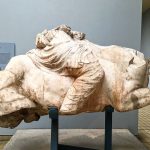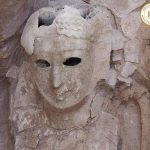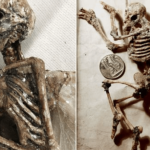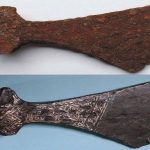A Wanderer’s Guide to Persepolis
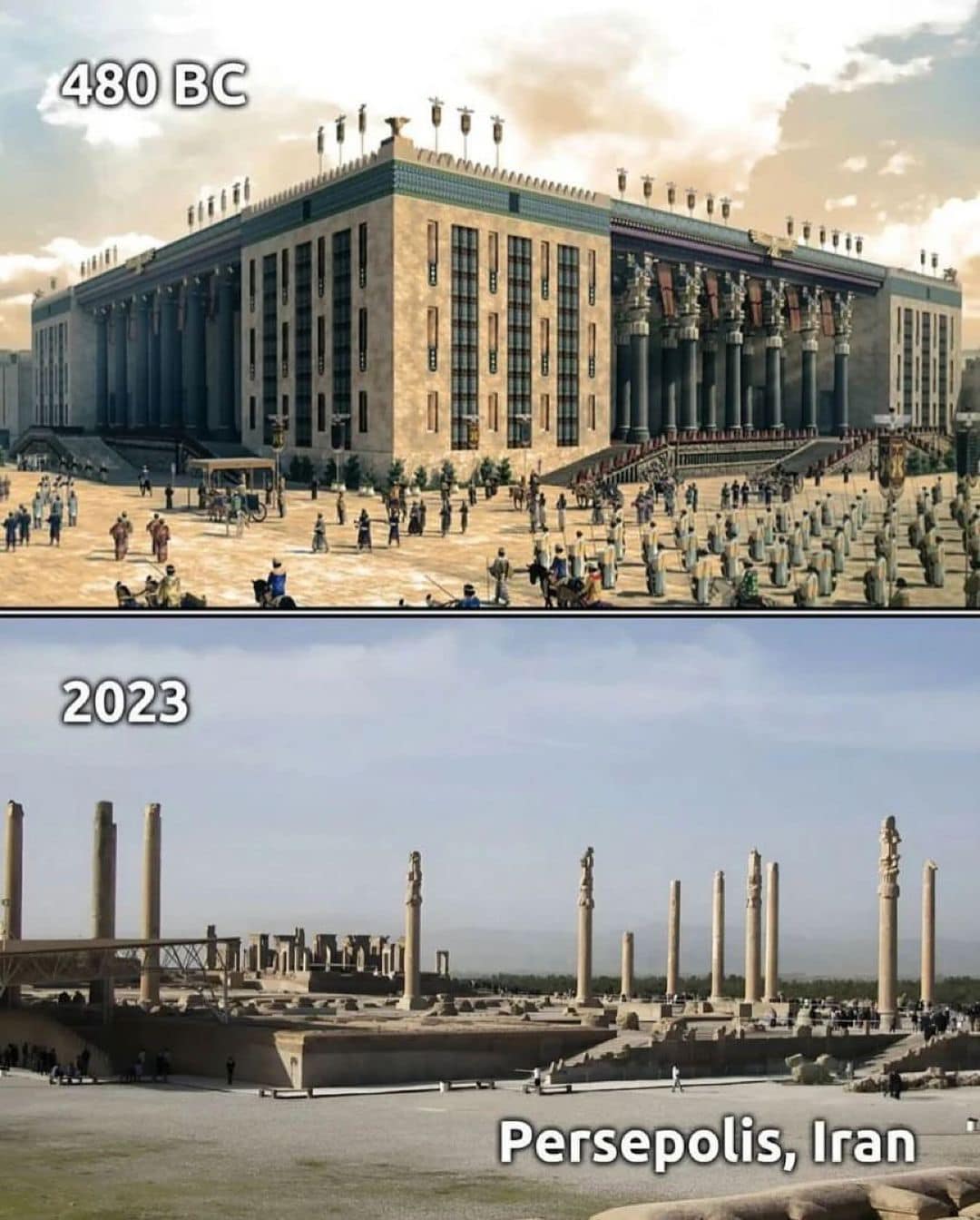
Standing amidst the arid plains of southern Iran, Persepolis whispers tales of a bygone era, its colossal stone structures a haunting reminder of the Achaemenid Empire’s immense power and artistry. Designated a UNESCO World Heritage Site, Persepolis transcends the realm of mere ruins, transforming into a portal through which we can glimpse the opulence and grandeur of a lost civilization.
Founded by Darius I the Great in 518 BC, Persepolis wasn’t merely a city; it was the ceremonial capital of the vast Achaemenid Empire. Imagine a spectacle unlike any other – dignitaries from far-flung corners of the empire converging on this magnificent stage to celebrate Nowruz, the Persian New Year. The very stones beneath your feet would have buzzed with activity as elaborate ceremonies unfolded, showcasing the might and cultural tapestry of the empire.
A Testament to Engineering Prowess
Persepolis wasn’t built on ordinary ground. To elevate its stature and symbolize the empire’s dominance, Achaemenid engineers constructed a massive, man-made platform. Standing atop this platform, you’ll be struck by the sheer scale of the undertaking. It’s a powerful testament to the engineering genius of the era, a feat that continues to impress visitors today.
Architectural Marvels: A Walk Through History
As you wander through the ruins, towering columns pierce the sky, their intricate carvings whispering stories of courtly life, military prowess, and religious beliefs. The Apadana Palace, with its double rows of 72 columns, each reaching a staggering 19 meters (62 ft) in height, would have left even the most jaded visitor awestruck. Imagine the grandeur of the reception halls, adorned with intricate bas-reliefs depicting royal audiences, delegations bearing tribute, and the king himself, larger than life, symbolizing his divinely ordained authority.
Beyond the Grandiose Facades: A Glimpse into Daily Life
Persepolis isn’t just about the grand pronouncements of imperial power. Look closer at the reliefs, and you’ll find scenes depicting everyday life – soldiers in meticulous formations, musicians playing their instruments, and courtiers attending to the king’s every need. These details provide a fascinating window into the social hierarchy, fashion, and customs of the Achaemenid era.
A Journey Through Time
Exploring Persepolis is like stepping onto a film set of an epic historical drama. However, unlike a movie set, the passage of time has etched its own story onto these stones. The burn marks left by Alexander the Great’s conquest in 330 BC serve as a poignant reminder of the empire’s eventual downfall. Yet, despite the ravages of time and war, Persepolis endures, a testament to the enduring power of human creativity and ambition.


